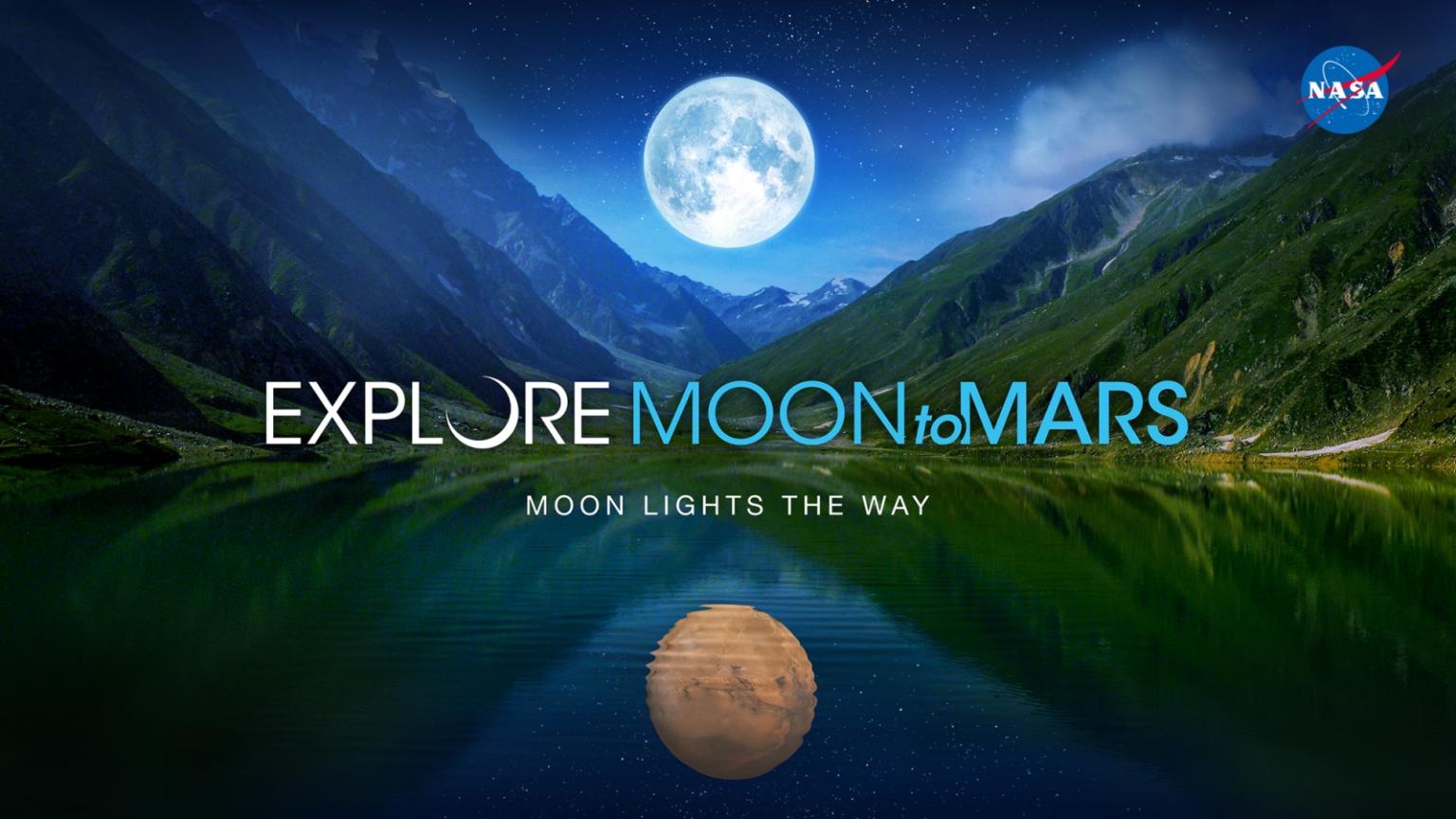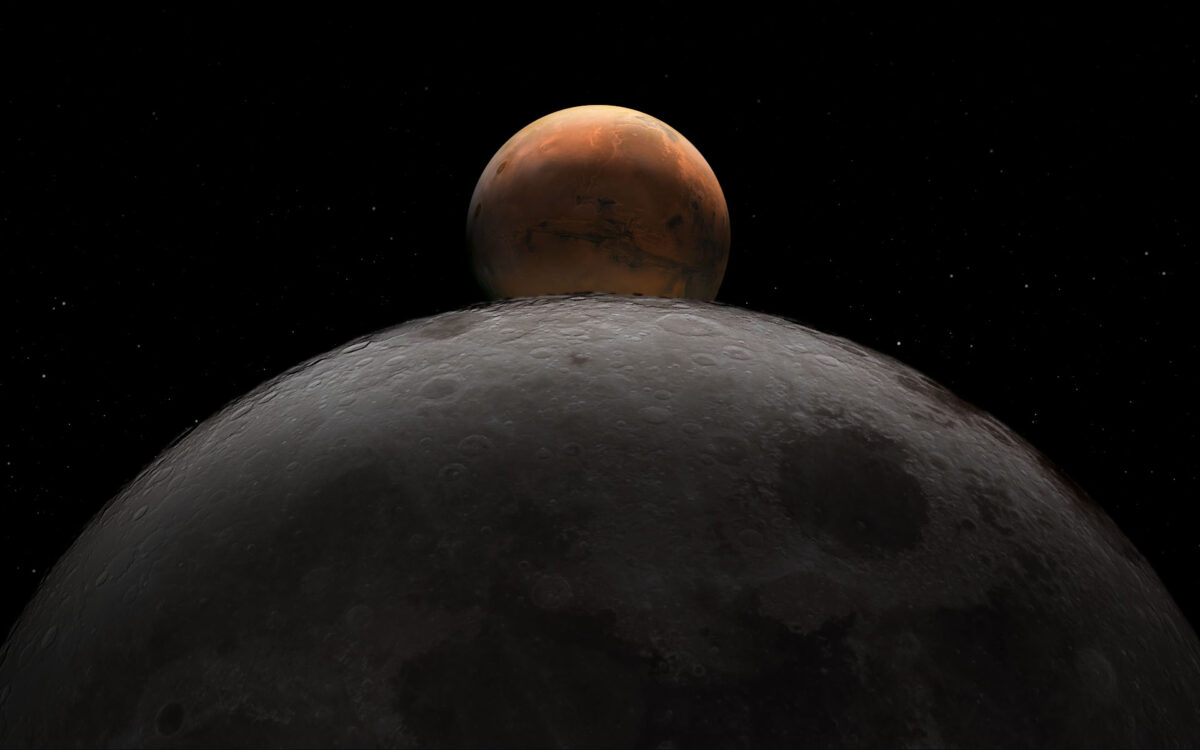NASA has released a revised plan that includes 63 ultimate goals for sustainable human existence and exploration throughout the solar system, with plans to land astronauts on the Moon in 2024. NASA Deputy Administrator Pam Melroy said, “We need a strong roadmap. And through a collaborative process, we set out with our partners a set of key defined goals to achieve our exploration goals.”
NASA Deputy Administrator Pam Melroy also said, “These goals are both practical and promising. We welcome the thoughtful contributions of our workforce, industry and international partners who will join us in shaping our future together.”
Some of the goals set are as follows:
You can find all NASA Moon to Mars targets here.
Also Read: Mysterious Vivo Model Coming With New Features
NASA Plan Covers Four Areas: Science, Transportation and Settlement, Lunar and Mars infrastructure, and Operations

Under Artemis, NASA set a vision to explore the Moon more than ever before. With the Artemis I mission now on the launch pad, the agency plans to return humans to the Moon and set up a series of missions, including the Moon's south polar region. These missions have established a long-term presence to inform future explorations of more distant places, including Mars.
"We're helping to manage humanity's global movement into deep space," said Jim Free, associate director of the NASA Exploration Systems Development Mission Directorate. “The goals will help ensure that a long-term strategy for solar system exploration can maintain the constancy of changes in purpose and funding. They help provide clear direction as new technologies, tools, and elements are developed and designed in the years to come. ” he added.
NASA plans to send the first humans into lunar orbit before 2024 with the Artemis II, and to the lunar surface before 2025 on the Artemis III mission. “We first wanted to shape objectives to guide upcoming missions, unlike previous approaches of building elements and capabilities to support the campaign,” said Kurt Vogel, director of space architectures in the NASA Administrator's office.





No comments yet for this news, be the first one!...